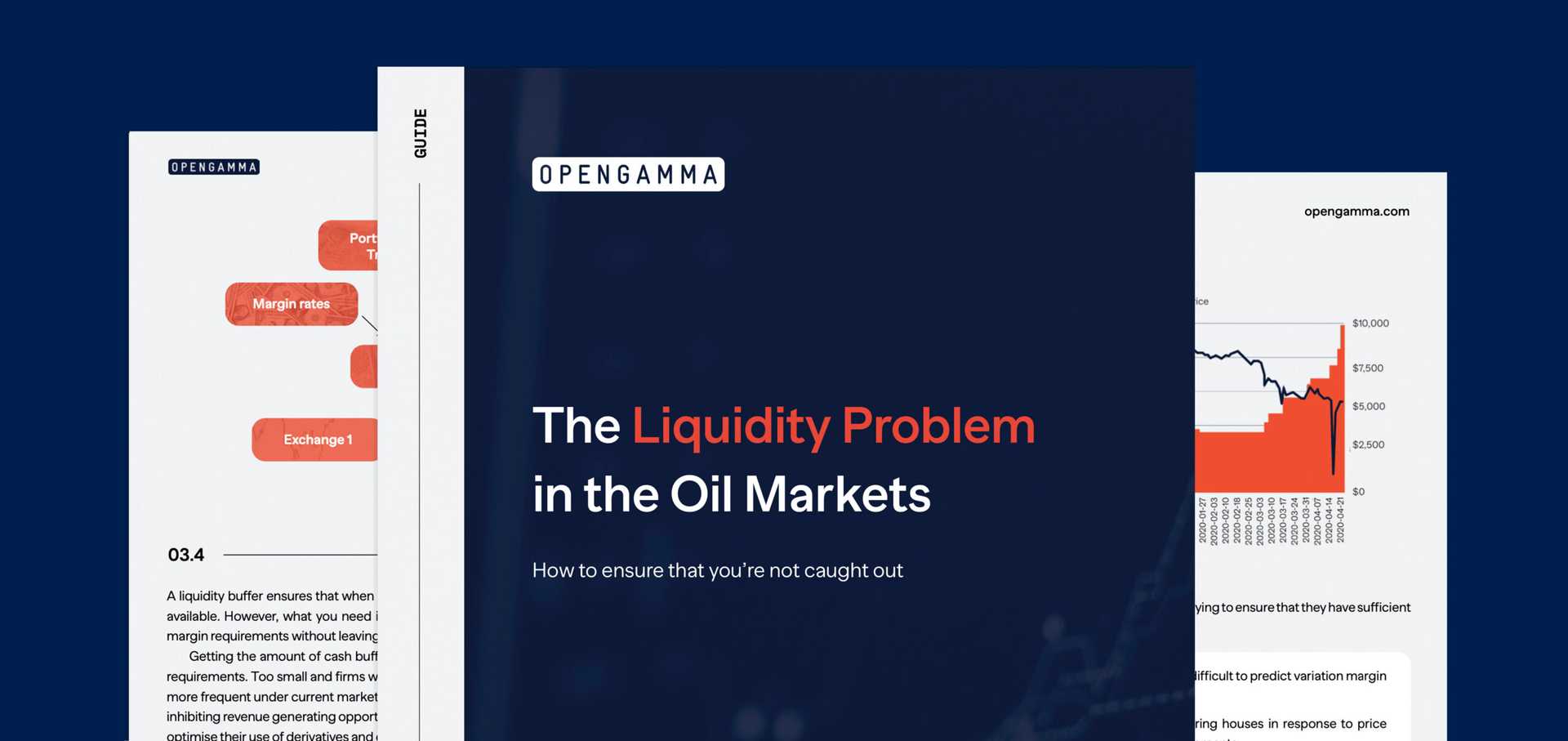What Is Liquidity Margin?
Liquidity Margin is an additional margin calculated to cover the potential costs of closing out a large position that might be impacted by insufficient market liquidity.
Liquidity Margin is a non linear component of the margin, usually only calculated once a position goes above a particular size. The charge is based on an assessment of the size of the market and potential bid/ask spreads. The charge is added to other components of the Margin calculation to determine the Total Margin Requirements.
How Does Liquidity Affect Margin
Variation and Initial Margin affect liquidity in different way:
- Variation Margin usually needs to be paid in cash in the currency of the contract. This means that following large price moves anyone who has made losses on their positions will need to have sufficient liquidity to meet the resultant margin requirement.
- Initial Margin usually is covered using either cash or collateral. In normal circumstances there is very little change in the Initial Margin requirement and therefore very little call on liquidity. However, in volatile markets Initial Margin will increase and this increase will need to be covered immediately, meaning a call on liquidity.
Liquidation Margin
Margin is paid to cover the potential costs of the close out of positions following the default of a market participant. Depending on the margin type the requirements can be covered in either cash or collateral. This Margin is Liquidated following the default to allow losses to be paid.
Learn More About Liquidity
Discover more of our content around liquidity by clicking one of the links below. Additionally, learn other definitions of key margin terminology with our A-Z Margin Terminology page. Lastly, learn more about OpenGamma by watching our demo and taking a look at our product and solutions pages.



